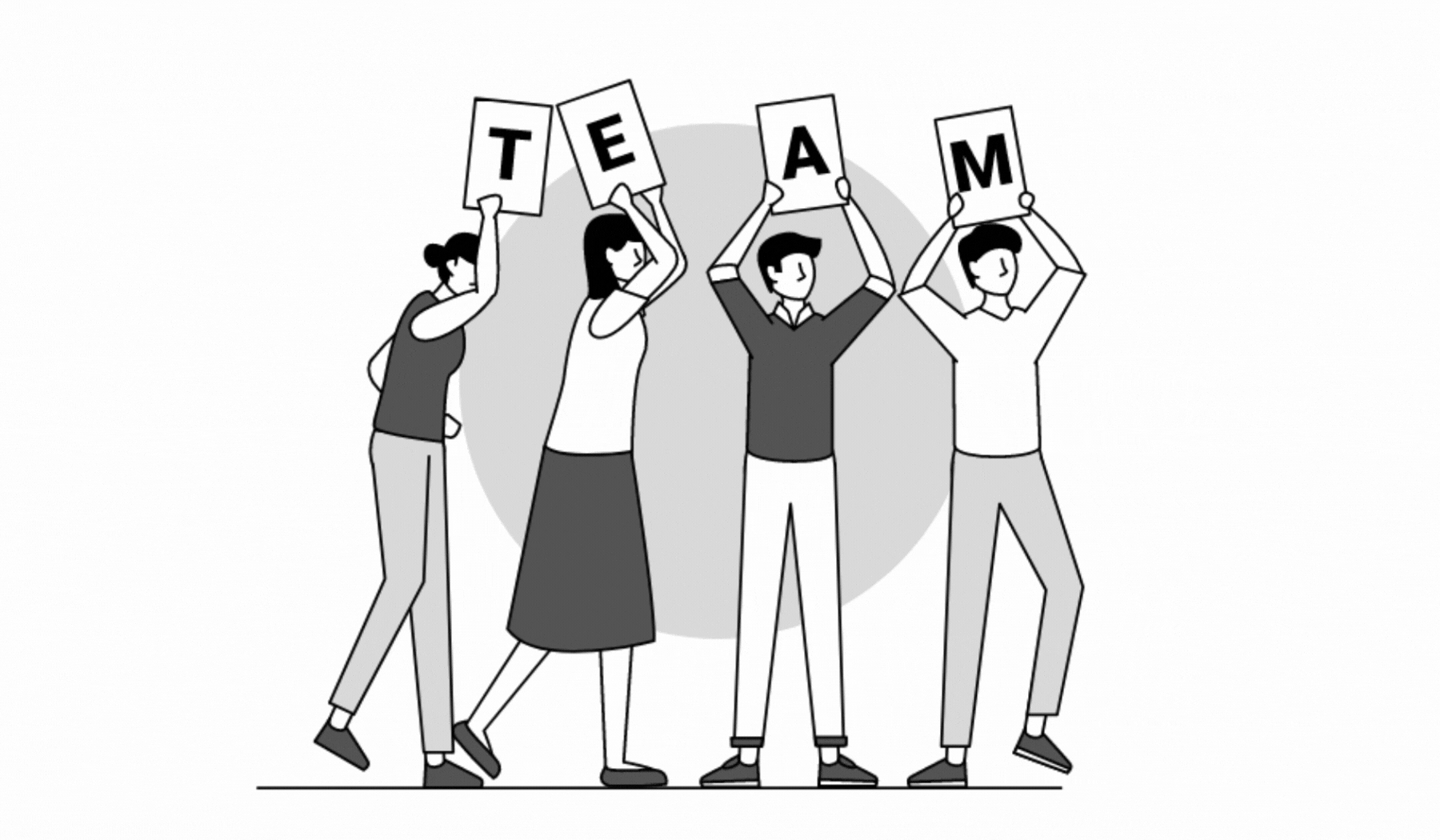Strategic Thinking Will Make You Invaluable
In the age of automated everything and artificial intelligence, if you’re not thinking strategically, you’re just another cog in the machine—easily...
3 min read
 Preston Mann
:
Jul 10, 2023 2:48:32 PM
Preston Mann
:
Jul 10, 2023 2:48:32 PM


As corporations grapple with an ever-changing business landscape, it has become impossible for internal learning teams to be experts on all of the needs they are asked to service. To fill the gap, learning and development (L&D) vendors are playing a pivotal role in preparing workforces for the future. While organizations understand the importance of these strategic partnerships, it's crucial to ensure that they get the maximum value out of their vendors. Today, we'll explore some tactical interactions that can significantly improve outcomes. Here are five we have found to be key:
1. Choose the Right Partner
Before you even get started it’s important to note that not all vendors are created equal. Selecting the right training vendor is about more than just comparing services and costs; it's about finding a partner who truly understands and meets your unique business needs. This involves identifying a vendor who listens to your concerns, views your relationship as a partnership, and continually innovates to keep pace with your evolving requirements. By carefully selecting such a vendor, you ensure that your investment in training yields maximum value, fostering growth and development within your organization. Remember, a successful vendor relationship is a partnership built on mutual understanding, respect, and a shared commitment to achieving outstanding result
2. Communicate Your Objectives Upfront
It’s not enough to just define your objectives for a program, you need to communicate these clearly to your chosen vendor. To avoid ambiguity and miscommunication, it’s essential to discuss and negotiate the specifics of your objectives, resources, and expected outcomes as early as possible. This includes detailing the skills you want your workforce to acquire, how these skills tie into your company's overall strategy, and what success looks like. This way, the vendor can tailor their offerings to match your expectations and objectives.
At Fairplay we often say that if you don’t know where you’re going any path will get you there. Similarly, if you don’t have your objectives clearly defined then it will be impossible for your vendor to accomplish them.
3. Tight feedback loops
Tight feedback loops are crucial to maintaining a successful vendor relationship. This isn't just about giving feedback on the final deliverables, but about maintaining open and ongoing communication throughout the entire process. This iterative feedback mechanism enables you to correct the course in real-time, avoid misunderstandings, and keep the vendor aligned with your evolving needs and objectives. Encourage vendors to also provide their input and feedback, as they bring a wealth of experience and can offer invaluable insights that can help optimize the process. Think of feedback as a two-way street - it's not just about what your vendor can do for you, but also about what you can learn from them. Tight feedback loops become the backbone of a dynamic and mutually beneficial partnership, contributing significantly to achieving your strategic learning and development objectives.
4. Take Advantage of Their Expertise
L&D vendors are not just service providers; they are reservoirs of industry-specific knowledge and expertise. Make the most of this by treating your vendors as consultants, not just executors of your instructions. Encourage them to offer insights, suggest innovative solutions, and challenge the status quo. Their unique perspective may uncover opportunities and approaches you haven't considered, providing an outside-in view that can be tremendously valuable. Additionally, this allows your internal team to focus on their core competencies, while leveraging the vendor's specialized skills for strategic gains. Remember, your vendor's expertise is a resource – one that you've invested in. Ensuring you fully tap into that expertise helps drive both the effectiveness and efficiency of your L&D initiatives.
5. Start Now
The old saying goes, "The best time to plant a tree was 20 years ago, the second best time is now." This rings true when you're thinking about bringing in outside help for a learning initiative. It's a good idea to start talking with potential partners as soon as you can. This way, you can get the feedback loop moving quickly and start using their expertise right away. You don't need to have all your goals fully defined before you start discussing a possible program with your partners. They might have something valuable to add that could make a huge difference in the program's success. We often use a motto here at Fairplay, "Start from abundance." This means that it's usually better to gather as many ideas as you can at the start of a project, rather than jumping to conclusions about what a program should look like to meet certain goals.
Conclusion
Maximizing value from your corporate learning vendor goes beyond negotiation of fees and services. It requires active engagement, clear communication, and a commitment to building a mutually beneficial relationship. By following these tactics in your interactions, you can transform your vendor relationship into a strategic partnership that significantly enhances your organization's learning and development outcomes.

In the age of automated everything and artificial intelligence, if you’re not thinking strategically, you’re just another cog in the machine—easily...

Choosing the right training vendor for your organization’s needs is a critical decision that goes beyond the immediate need to get a program up and...

In an environment where the pace of work is seemingly ever-increasing, and deadlines loom closer and closer, it can be challenging to slow down long...